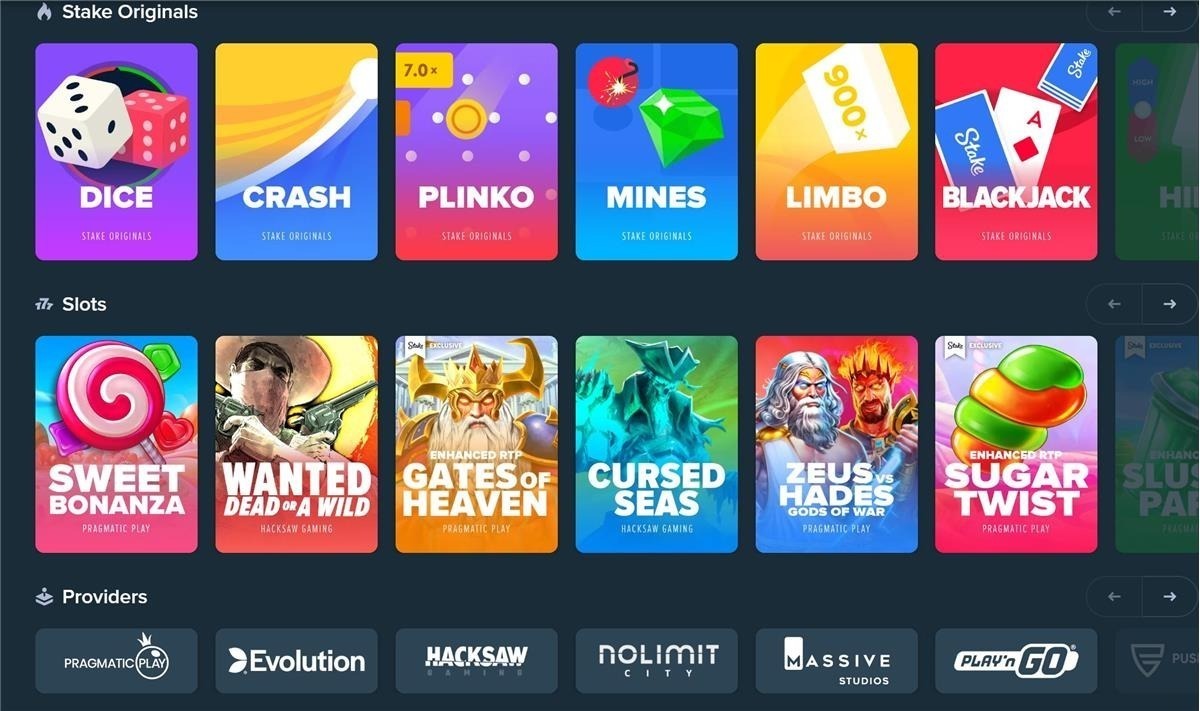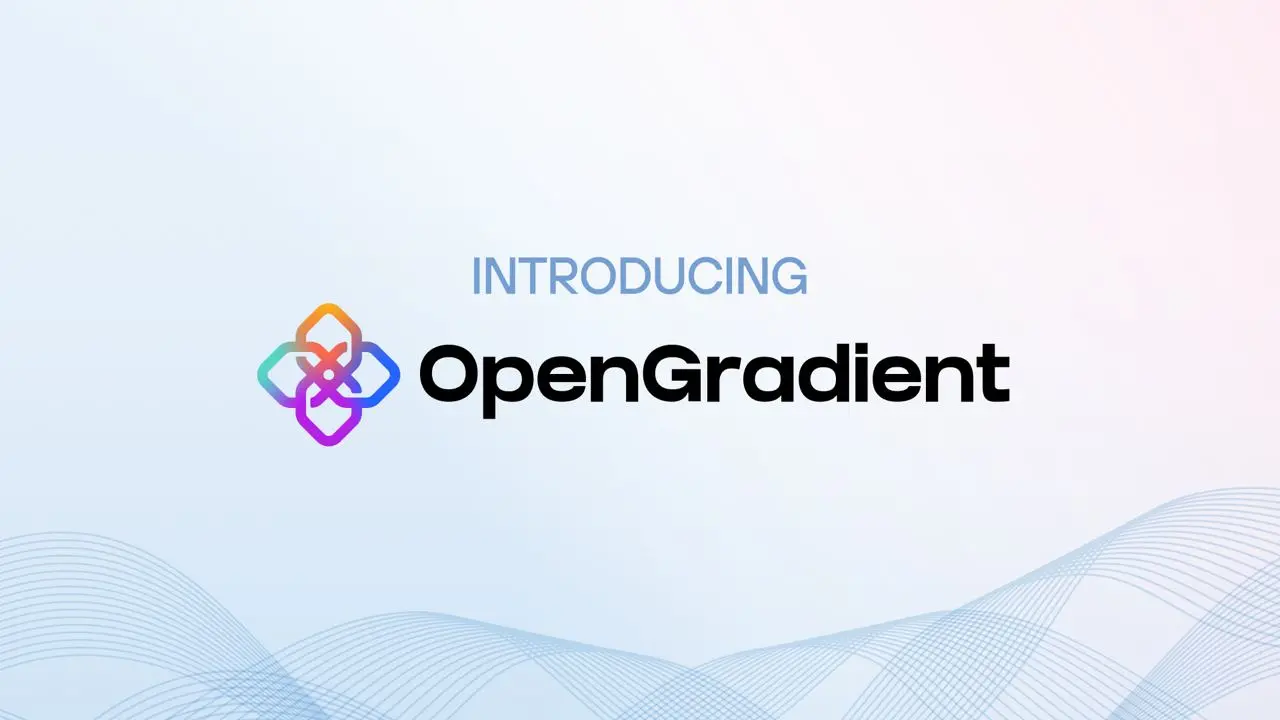The Intersection of Crypto Games and the Gambling Industry: Exploring the Transition from GGR to NGR
Author: Crypto Weituo, TechFlow
"Crypto games must have playability." Those crypto game teams that still regard this as their only creed will inevitably perish, as they fail to recognize the gambling nature of crypto users, or rather, they do not understand "betting." Before you start a new crypto game project or plan to invest in one, please first learn Crypto Game 101 ------ the GGR model of the gambling industry.
GGR, short for Gross Gaming Revenue, is the most commonly used performance metric in the gambling industry. It refers to the total amount of money players lose over a period, which is the casino's gross profit, calculated as: total bets - total payouts (money won by players).
There is another calculation called NGR - Net Gaming Revenue, calculated as: total bets - total payouts - total bonus payouts (extra chips given away) - total gambling taxes paid out.

Sounds simple?
Let me tell you, GGR has another formula: total bets X kill rate. The so-called kill rate refers to the percentage of total bets that will be lost.
As we all know, gambling is not a fair game, even if the house does not cheat. Even in relatively fair games like blackjack, baccarat, or dice, there exists a house edge ranging from 0.5% to 20%.
Setting aside the "infinite funds bug," the house wants players to:
Keep betting
Bet bigger (the more flow, the better) So casinos will control the actual House Edge, especially in online gambling where there is more room for manipulation.
The result is that if the kill rate is too low, it won't be profitable, and if it's too high, no one will play. You can't let customers lose all the time, nor can you let them win all the time, and you need to provide certainty in odds, which customers must also agree upon.

At this point, we can apply this to Crypto Games, and even the crypto trading market. I want to start with an interesting quote from @Mulan0x:
I agree with her statement, but here the casino should refer to a broad gambling venue, rather than strictly gambling.
The biggest difference between gambling and crypto betting is whether players can accept variable odds.
In gambling games, regardless of the final kill rate, the odds have a framework; whereas in Uniswap, every meme coin has different odds, and even Binance's altcoins have different odds at different times.

This explains why GambleFi products from Rollbit to Stake.com are almost indistinguishable; they are all game halls with sports betting, baccarat, fishing, and roulette. Gambling emphasizes mechanism consensus and odds framework. Its audience thinks about how to gain an edge within fixed rules. However, this demographic does not completely overlap with degens or traders.

Gambling does not need a thousand games; it needs one mechanism used by a thousand agents or online casinos.
Most online gambling operates on an agency model, where game providers share GGR with online casinos. Having too many games incurs significant costs, which is why NGR is mostly around 3%. Secondly, there is the kill rate issue. Fundamentally, it is about how to make the kill rate controllable. Here are three types of logic: gambling, contracts, and meme coins.
The fundamental difference lies in liquidity:
Gambling: Fixed odds, no liquidity, kill rate absolutely controllable;
Contracts: Relatively fixed odds (for major currencies), some liquidity (settlement at any time), flow model or kill rate relatively controllable (this is the "customer loss" logic);
Meme Coin CEX/DEX: Completely variable odds, absolute liquidity (unless it's a pi xiu), kill rate almost uncontrollable (unless CEX cuts off the project party). The less fixed the odds, the greater the liquidity of the chips, and the more uncontrollable the kill rate.

This is why, whether or not it is a gambling game, almost no one adopts absolutely true randomness.
Because the kill rate is uncontrollable, once it gets too high, players will leave.
In online poker games, the method of "sexy dealers, online dealing" is often used because pure algorithmic pseudo-randomness can easily be cracked by stronger algorithms, leading to losses for online casinos. This is a game themed around "balance and tug-of-war."
The kill rate directly affects the player's unit lifecycle GGR. Returning to the three products mentioned above, from gambling to meme coins, user stickiness decreases, which directly impacts user growth conversion logic.
The most profitable part of gambling is the VIP room, which can account for over 80% of the casino's total profit. The VIP room relies on casino intermediaries, commonly known as "code dealers," for growth conversion. How do casinos share profits with code dealers, and how do they know how much each dealer's customers have bet?
This brings us to how casinos issue codes.
There are two types of chips: cash chips and mud chips. Cash chips can be redeemed both ways, while mud chips are only used for betting.
Winning after betting gives you cash chips. Each bet is a wash, and code dealers can earn commissions, and even gamblers can receive rebates.
Sounds familiar? The commission system of contract exchanges adopts a similar form. The contract experience gold is equivalent to mud chips, with the advantage of incentivizing without spending real money.
The takeaway here is:
Mud chips lock in liquidity, directly driving betting (trading);
Washing chips and rebates essentially form key growth node interest consistency; the larger the flow, the greater the profit (even for gamblers, it's flow to earn), which further ensures the kill rate is controllable, increasing unit lifecycle GGR. Here, we have discussed three core aspects of gambling:
Fixed odds framework;
Controllable kill rate;
Growth conversion;
Let’s consider a case: Mahjong Meta, which recently announced financing. This is a classic real-money Mahjong game chain modification, and it is very worthy of study.
Since the features are not fully open yet and the experience time is limited, here is an incomplete analysis (please bear with me). Issued code: MJU - a stablecoin equivalent to 10 cents, obtained by charging U.
Equivalent to cash chips, redeemable. The GGR, kill rate, and growth conversion logic of the game are very interesting and worth pondering.

First, let's look at GGR and kill rate. This game currently has three charging game modes: Ladder, Spirit Battle, and Private Room. Ladder is the PVP mode, where the game only takes a maximum of 6% table fee.
Spirit Battle is similar to automated card playing. Users need to bet to join the table, and the Mahjong rules mean fixed odds are fixed. Theoretically, in these two modes, the project party can directly act as the House by arranging "operations" and controlling the kill rate.

In this process, GGR = 6% table fee (no operational intervention) + Ladder/Spirit Battle user losses (operational intervention) - user winnings (operational intervention). Here comes the interesting part, the Birdhouse mode, which is the gambling hall logic of this game:
Users can rent Birdhouse NFTs to open private rooms, with higher-level Birdhouses costing more (to rent or buy);
Private room betting rules can be customized;
The private room takes a cut based on the Birdhouse level, taking 30-70% from the table fee;

Unlike the washing chips discussed earlier:
The Birdhouse is obtained by the hall owner, who has upfront sunk costs;
The hall owner must act as the opposing player;
The hall owner's interests align with the official, i.e., to increase flow and unit lifecycle GGR. The hall owner needs to calculate NGR, which is total bets + total flow share;
Total payouts - total Birdhouse costs. Here is a clear bug;
The hall owner in the Mahjong game does not sit as the dealer, has no clear edge, and cannot control the kill rate.
Simply from the perspective of the cut, compared to traditional Macau washing chip points, the hall owner's cut is quite considerable. However, first, there are upfront sunk costs (the hall owner must pay to open the hall), second, they cannot control the kill rate and may lose their principal, and third, the lack of mud chips means players can leave at any time. If I understand the game mechanism correctly, the cost-effectiveness of renting or buying Birdhouse NFTs is questionable; of course, if the secondary market price of NFTs can rise, that is another matter.
Now let's look at Rollbit's classic washing chip model:
Ordinary level: Each registered and issued account gives 10% of the dealer's advantage (when the dealer wins) back to the inviter;
Advanced level: 100 registered and issued accounts, total issued amount over $100,000, 20% rebate on house edge;
Red stick level: 500 registered and issued accounts, total issued amount over $1,000,000, rebates can be negotiated.
Here we can see that Rollbit actually adopts a classic horizontal direct push washing chip model, where promoters have no risk and no upfront costs, and do not need to act as opposing players. Its competitor http://Stake.com also basically adopts the same strategy (with a maximum rebate of 45% on the dealer's advantage). Therefore, the competitiveness of the Mahjong Meta hall owner mechanism is worth discussing.
Of course, there is also an additional unpopular opinion: all on-chain gambling or board games essentially use growth data to create memes, allowing casinos to quickly capitalize, rather than earning flow like their Web2 predecessors. After all, AG or iGaming may not have the same demands.

Insights for Crypto Game Teams:
First, understand that crypto players are not traditional game consumers; they will not consume without expecting returns to give your "ROI participants" yield: the first principle is "gambling" rather than just fun;
Actively utilize gambling models; is GGR suitable for your project? What is your revenue model, and how do you control the kill rate?
Learn from code dealers how to navigate the path already paved by Macau, and do not feel your way across the river.













